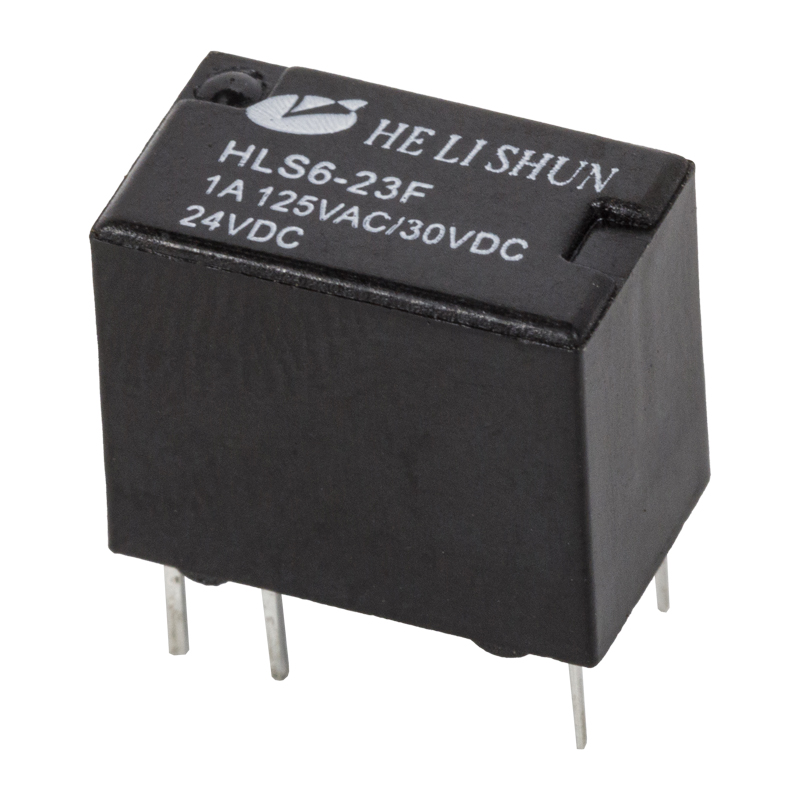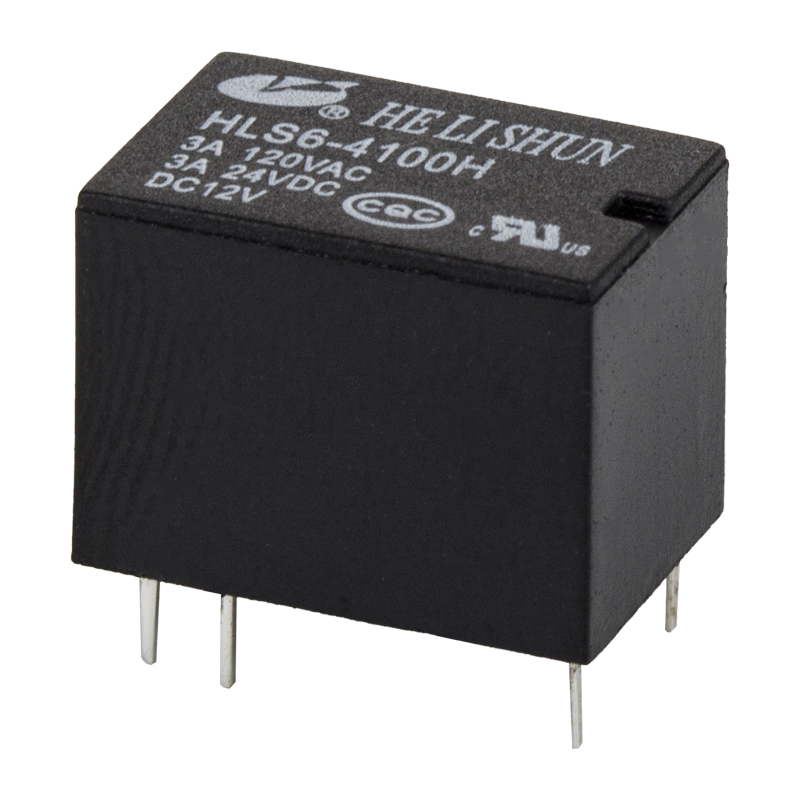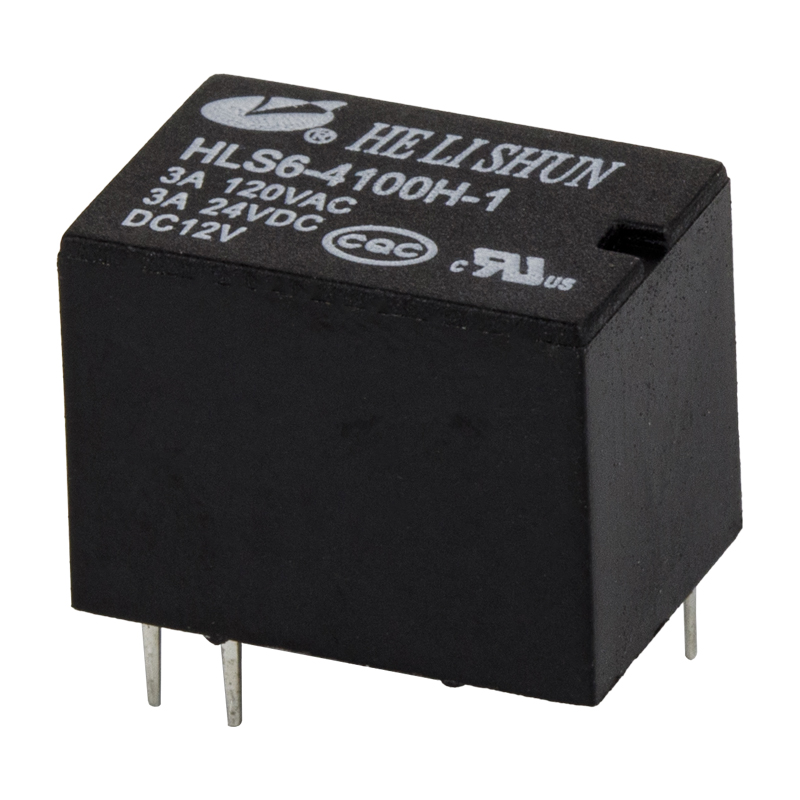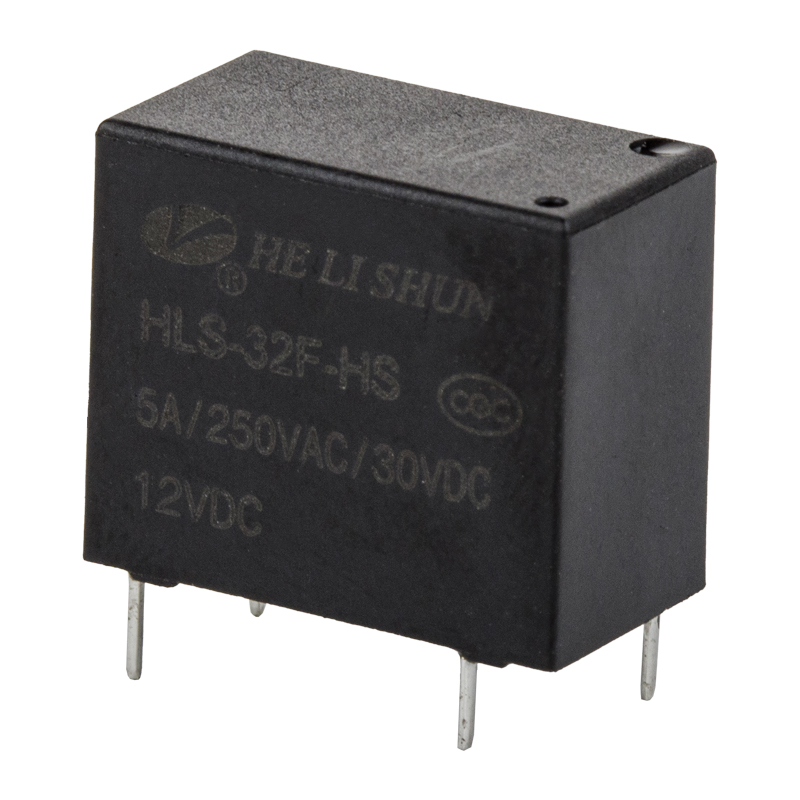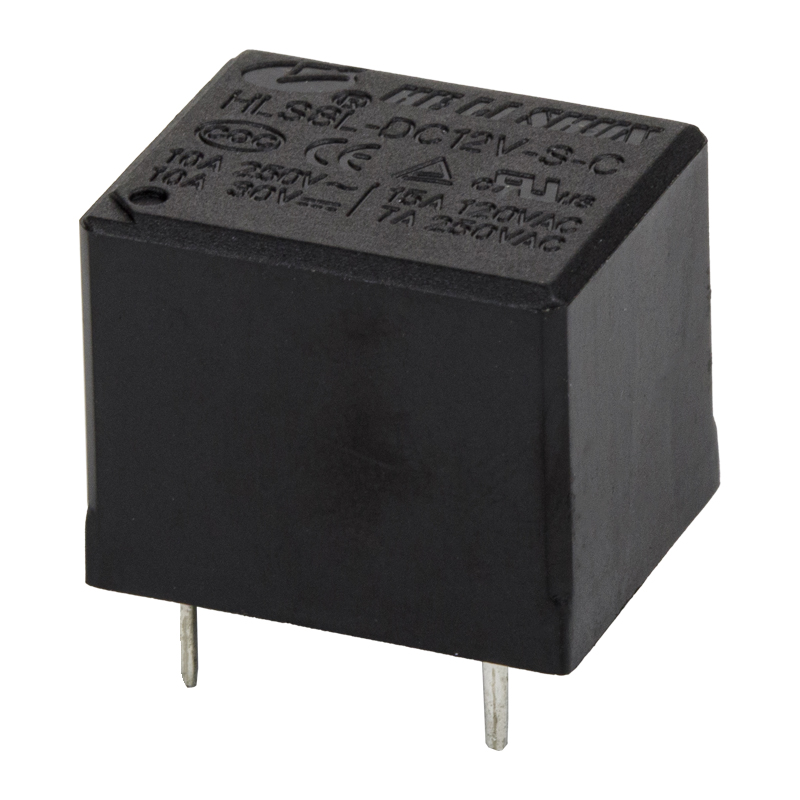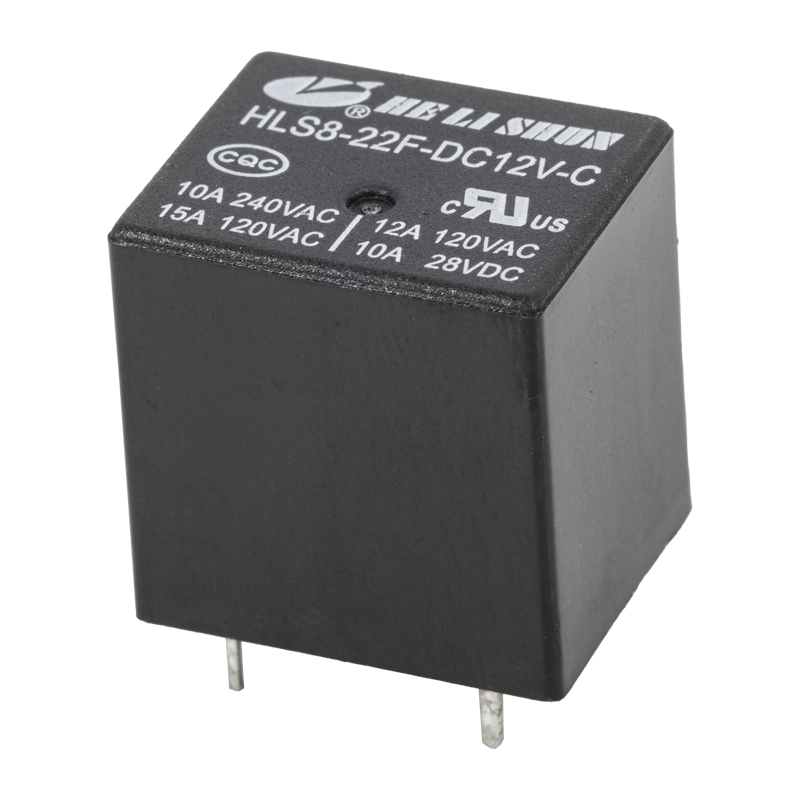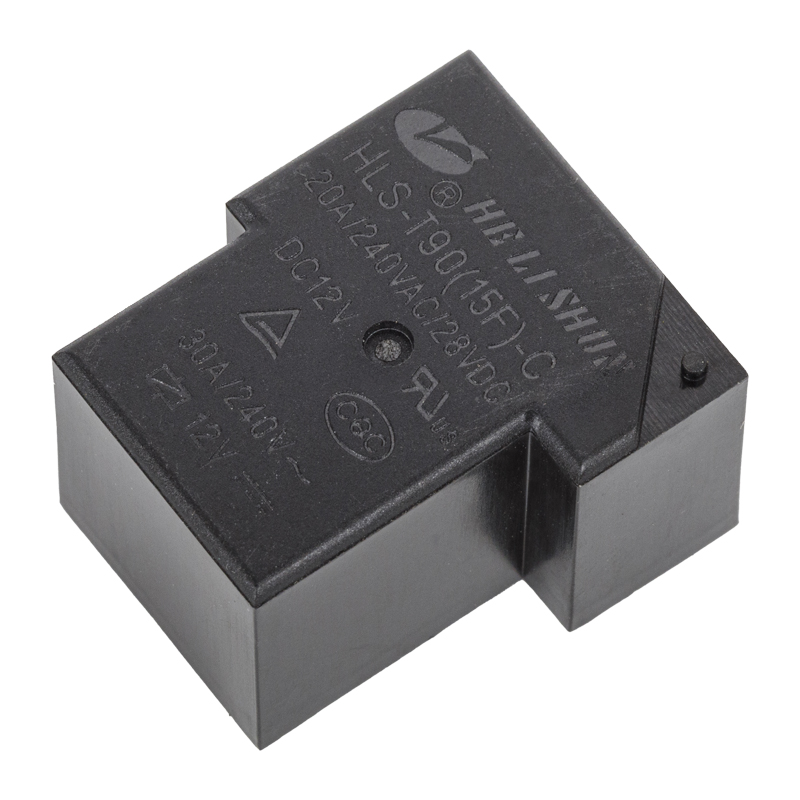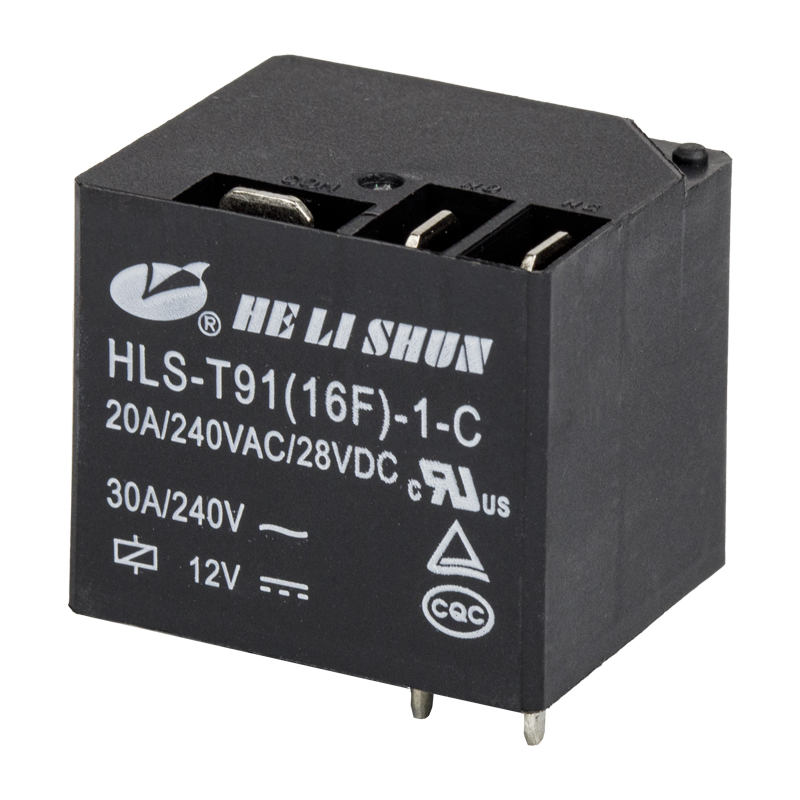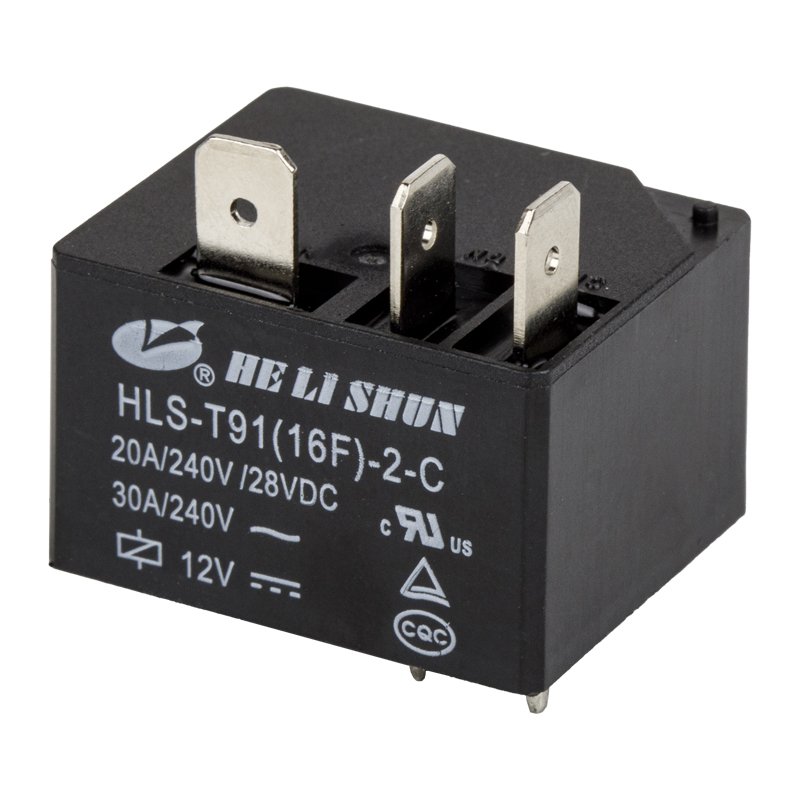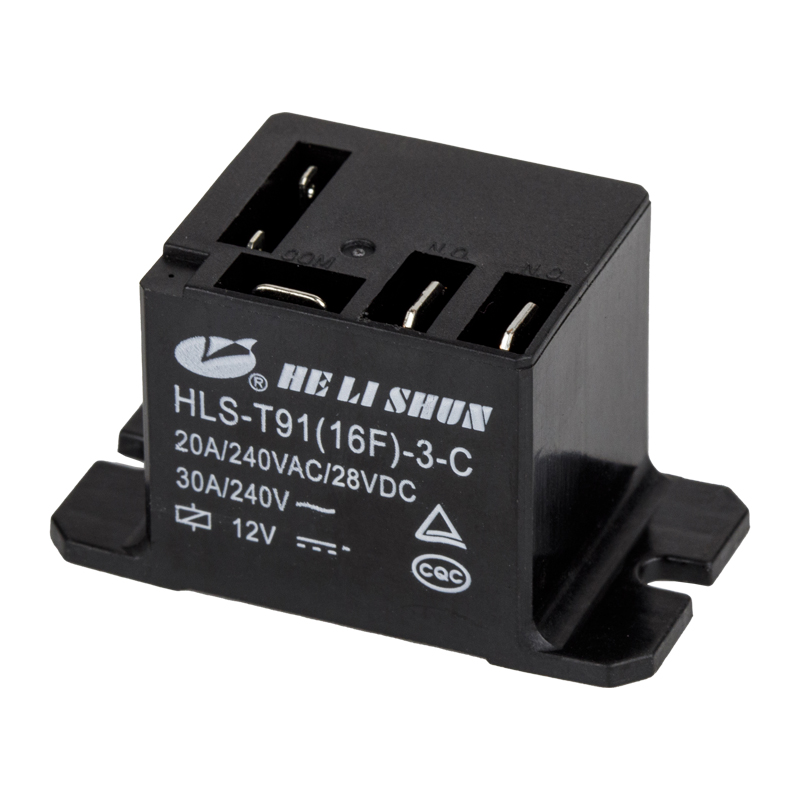Relays contain precision mechanical parts such as contacts, springs, armatures, etc. In a vibrating environment, if the vibration resistance of the relay is insufficient, these parts may loosen, shift, or even break. For example, loose contacts may cause poor contact, which is manifested as intermittent circuit breaks or increased resistance in the circuit, affecting the normal power supply or signal transmission of the circuit. The displacement of the spring may change its elastic force, affect the action characteristics of the armature, and make the relay unable to normally attract or release at the specified voltage or current, thereby causing disorder in the entire control system. 16A power relays are usually used to carry large currents, and any mechanical damage may cause more serious consequences, such as heating, sparking, and even fire.
The electrical properties of the relay, such as the attraction voltage, release voltage, contact resistance, etc., need to remain stable during long-term operation. Vibration can cause the relative position of the components inside the relay to change, thereby affecting the electrical parameters. Taking contact resistance as an example, during vibration, the contact pressure between the contacts may change, causing contact resistance fluctuations. The increase in contact resistance will not only increase power loss and increase the heating of the relay, but also affect the transmission quality of the signal. For 16A power relays, stable contact resistance is essential to ensure the stable transmission of voltage and current in the circuit, especially in some application scenarios with high requirements for electrical performance, such as industrial automation control, power electronic equipment, etc.
In a vibrating environment, relays with poor seismic resistance may malfunction due to the shaking of mechanical parts. For example, when the equipment is subjected to large vibrations, the armature inside the relay may be disturbed by the vibration and attracted or released when it should not be moved, resulting in incorrect switching of the related circuit. This malfunction may trigger a series of chain reactions and affect the normal operation of the entire system. In some critical applications, such as aerospace, medical equipment, etc., the malfunction of the relay may cause serious safety accidents or equipment failures. As a key control element in the circuit, the seismic resistance of the 16A power relay is directly related to whether the system can accurately execute control instructions in a vibrating environment.
Good seismic resistance can reduce the wear of the internal components of the relay during vibration. Each vibration will cause a certain stress on the components. Over a long period of time, the wear of the components will gradually increase, thereby shortening the service life of the relay. For example, the contacts will constantly rub during vibration. If the shock resistance is insufficient, the friction will increase, resulting in serious wear on the contact surface, which will eventually affect the performance of the relay. By improving the shock resistance, the wear rate of components can be reduced, the service life of the relay can be extended, and the maintenance cost and replacement frequency of the equipment can be reduced. For 16A power relays, due to the large current it carries, the wear problem of components is more prominent, so shock resistance is particularly important for extending its service life.
Many application scenarios have different degrees of vibration, such as mechanical equipment vibration at industrial production sites, bumpy vibration of transportation vehicles, etc. 16A power relays need to operate stably in these complex working environments, and good shock resistance is the key to their adaptation to these environments. If the shock resistance of the relay does not meet the requirements, it may not work normally in these environments, thereby limiting its scope of application. For example, in some industrial automation production lines, the vibration of the equipment during operation will affect the relay. Only relays with good shock resistance can operate stably for a long time in such an environment to ensure the smooth progress of the production process.




 English
English 中文简体
中文简体
